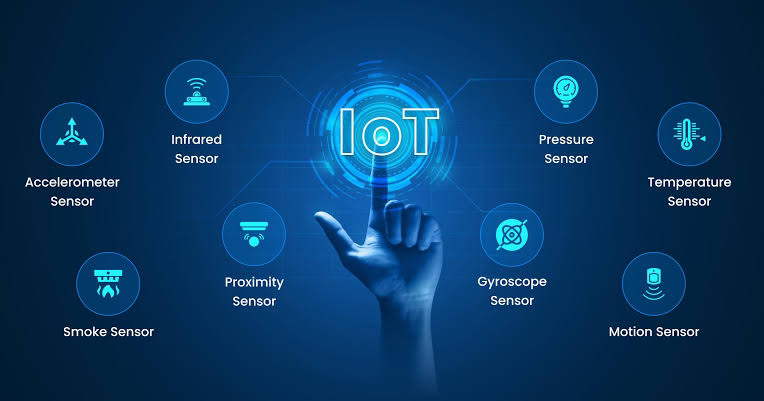Unleashing the Power of the Internet of Things (IoT)
The Internet of Things (IoT) is a transformative paradigm that has taken the world by storm, redefining the way we interact with technology and the environment around us. In this article, we delve into the intricacies of IoT, exploring its key components, applications, and the profound impact it has on various sectors.
Understanding IoT: A Symphony of Connectivity
At its core, IoT is a vast network of interconnected devices, ranging from everyday objects to sophisticated machinery, all capable of sharing and receiving data. This web of connectivity forms a dynamic ecosystem, where devices communicate seamlessly to gather, analyze, and act upon information. Sensors, actuators, and communication protocols are the building blocks that orchestrate this symphony of connectivity.
Key Components of IoT
1.Sensors: These are the sensory organs of IoT, collecting real-world data. From temperature and humidity sensors to advanced image and motion sensors, these devices capture the nuances of our environment.
2.Connectivity: IoT relies on robust communication channels. Wireless technologies like Wi-Fi, Bluetooth, and RFID play a pivotal role in facilitating data exchange among devices. Low-power protocols ensure energy efficiency in IoT deployments.
3.Data Processing: The sheer volume of data generated by IoT devices requires sophisticated processing capabilities. Edge computing and cloud platforms are instrumental in analyzing and extracting meaningful insights from this deluge of information.
4.Actuators: These components translate digital commands into physical actions. Whether it's adjusting the temperature of a smart thermostat or triggering an alert based on sensor data, actuators bring the digital realm into the physical world.
Applications Across Industries
1.Smart Cities: IoT is transforming urban landscapes by optimizing traffic flow, managing energy consumption, and enhancing public services. Smart streetlights, waste management systems, and intelligent transportation are just a few examples.
2.Healthcare: In the healthcare sector, IoT facilitates remote patient monitoring, smart medical devices, and efficient management of medical resources. Wearable devices and connected healthcare systems are revolutionizing patient care.
3.Manufacturing: Industrial IoT (IIoT) has revolutionized manufacturing processes, introducing predictive maintenance, real-time monitoring, and automated quality control. This not only enhances efficiency but also reduces downtime and operational costs.
4.Agriculture: IoT is modernizing agriculture through precision farming techniques. Smart sensors gather data on soil health, crop conditions, and weather patterns, enabling farmers to make informed decisions for optimal yield.
Challenges and Future Prospects
While IoT offers unparalleled opportunities, it also poses challenges related to security, privacy, and interoperability. Striking a balance between innovation and safeguarding user data is crucial for the sustained growth of IoT.
Looking ahead, the evolution of 5G technology, advancements in edge computing, and the integration of artificial intelligence will further propel the capabilities of IoT. As our world becomes increasingly interconnected, the Internet of Things stands as a testament to the boundless potential of technology to shape the future.
